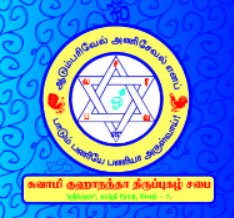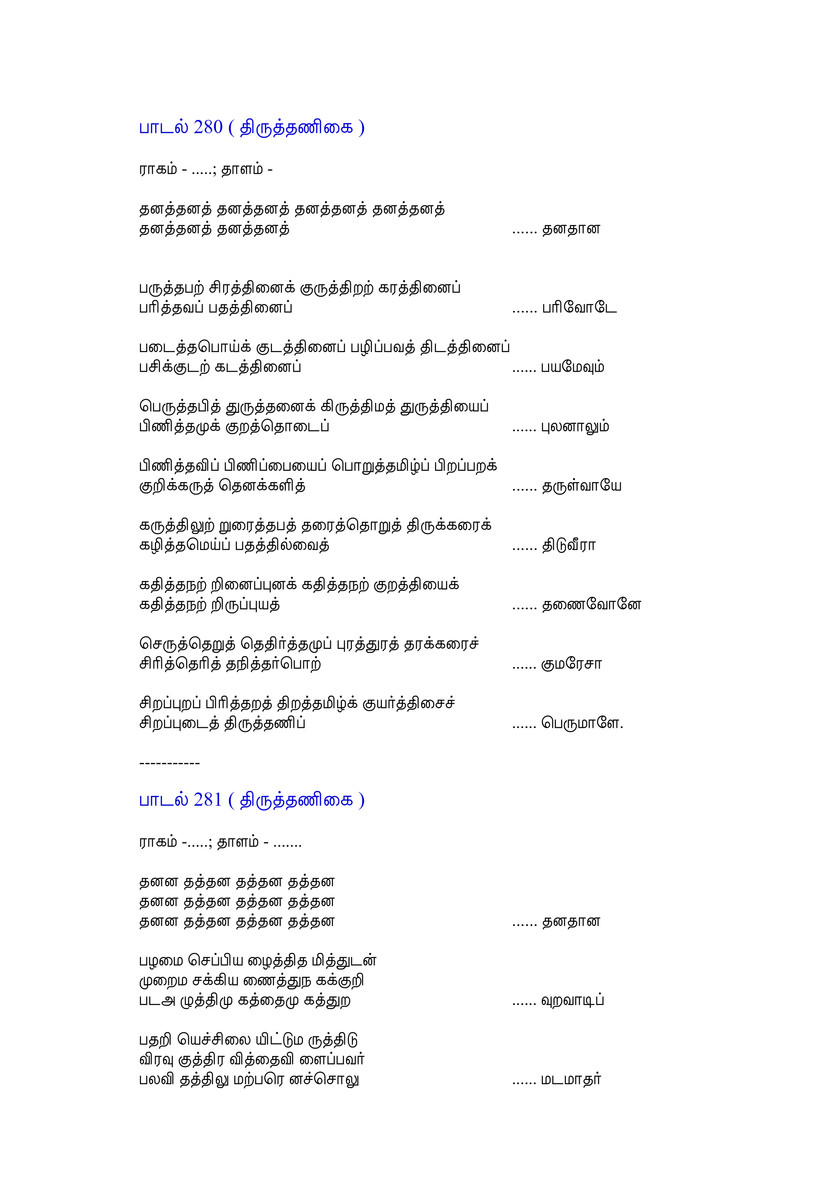
There is a separate shrine of Karundarkuzhi, the consort of Shiva, sported in standing posture in a South facing shrine. It is counted as another Paadal Petra Sthalam as it is also glorified in the verses of Tevaram. There is another shrine of Shiva called Vardhamaneeswarar, in the name of Tiruppugalur Vardhamaneswaram located adjacent to the sanctum and the image of Muruga Nayanar is located opposite to the sanctum.

The Linga is tilted indicating a legend that Shiva offered to bend for his devotees. The sanctum houses the image of Agnipureeswarar in the form of Lingam, a phallic symbol of Shiva. The image has two heads and sported with three legs. The bronze idol of Agni is one of its kind, not present anywhere in the state. The Mahamandapam houses the images of Agni, Brahma and saint Appar. The sanctum is approached through the gateway tower, flagpost, a mahamandapam and an arthamandapam. The temple is surrounded by a moat like tank and the major portion of the tank is called Agni theertham located in front of the gateway tower. The temple has a five-tiered raja gopuram, the gateway tower facing east and an inner three tier gopuram. There are also inscriptions from private donors indicating donations of festival images to the temple (ARE 57 & 63 of 1927-28). From the inscriptions it is deducted that the first precinct was probably built during this time. Exclusion of land tax for certain lands of the temple are found from the inscriptions (ARE 79 of 1927-28) from the period of Rajendra Chola II (1054–1063 CE). The records from Rajadhiraja (ARE 49 of 1927-28) indicates offering by Pichan Sirudaikal of Saliamangalam making a gift of offering to the ashtamangalam ceremony, the eight steps of bathing of the deity (mirror, water-pot, flag, fly-wisk, elephant goad, drum, lamp and a pair of fish). The inscriptions (ARE 44 of 1927-28) from the period of Rajendra I (1012–1044 CE) indicates exemption of taxes for certain lands belonging to the temple. Another inscription (ARE 68 of 1927-28) dated to the 27th regnal year of the king indicates gift of paddy and money by Angikumara Gramavittan.
#Thirupugal 218 free#
The inscriptions from the time of Rajaraja I (ARE 47 of 1927-28) indicates tax free gifts of land for conducting festivals and for providing offering to the temple every year by Panchanvan Mahadeviyar, one of the consorts of the ruler. The temple has inscriptions dating from Uttama Chola (970–985 CE) from the 10th century. It is also believed to be the place where Shiva turned bricks into gold for the Nayanar Sundarar. Shiva was pleased with the devotion of Bhudevi and appeared in his dancing form in front of her. The lingam in the place is believed to appear tilted (called Konapiran) on account of it.

Banasura, her son, is believed to have dug the Linga at the place, but could not lift it.
#Thirupugal 218 install#
As per another legend, Bhudevi, the consort of Vishnu wanted to install a Linga and worship Shiva. The exact history of the temple could not determined based on the inscriptions evidence, but the temple is believed to have been built during the Chola period during the 10th-11th centuries.Īs per Hindu legend and the Sthalapurana, Shiva was worshipped by Agni, the fire god at this place and the presiding deity came to be known as Agnipureeswarar and the temple tank is called Agni theertham.

The temple is maintained and administered by the Hindu Religious and Endowment Board of the Government of Tamil Nadu. Six daily rituals and three yearly festivals are held at the temple, of which the ten-day Vaikasipournami Brahmotsavam festival celebrated during the Tamil month of Vaikasi (May - June) and float festival for Agnipureeswarar during the Tamil month of Vaikasi being the most prominent festivals.
#Thirupugal 218 full#
The temple is open from 6 am - 12 pm and 4-8:30 pm on all days except during new moon days when it is open the full day. The temple has a five-tiered Rajagopurams, the gateway tower. A granite wall surrounds the temple, enclosing all its shrines.

The presiding deity is revered in the 7th century Tamil Saiva canonical work, the Tevaram, written by Tamil saint poets known as the Nayanmars and classified as Paadal Petra Sthalam. The temple is believed to be the place where Saiva saint Appar is believed to have attained salvation. Shiva is worshipped as Agnipureeswarar and his consort Parvathi as Karundar Kuzhali. Constructed in the Tamil style of architecture, the temple is believed to have been built during the Cholas period in the 10th century.


 0 kommentar(er)
0 kommentar(er)
